Hangar Talk didn’t make the printing deadline for November, as November was a month that had its challenges for me. Add to that the “silly season” and I have only now got around to belatedly completing this issue in January. A shout out to Fred Willis too. Fred has had a bit of a battle health wise. He is coming good, so we wish Fred a speedy recovery and we hope to see him back at the field soon.
Onto the main subject at hand, what’s been happening at the field. As you may recall, November was another month of rain and wind, so unfortunately, no Club Day in November. However, we did manage to organise the Christmas Lunch!
Christmas Lunch – December 14
This was the event that was on, then off and back on again. Originally scheduled for December 7, the weather again interfered and the decision to postpone for a further week to the 14th was made. As it turned out the delay proved to be the correct decision as the 14th was a cracker of a day. Health again precluded me from attending but as usual, Kerry stood up and delivered her traditional fare for the Christmas lunch. Unfortunately, the change of date meant that attendance suffered.
I hear that for most it was a successful day for flying but sadly someone’s model did not make it home in once piece. It is hard to take when we all know how much time and money is invested in these models. However, as we all know, there is not a modeller, no matter what their skill level is, that has not experienced a terminal crash at least once or probably a number of times in their time in the hobby.
As usual Mark H took some pictures on the day, and with Mark’s permission I have plagiarised his work by downloading and editing these from the club’s Facebook page for the benefit of non-FB users. A lot of great shots – thanks Mark! (Click on images to enlarge)
Weed Spraying and Strip Condition
The strip continues to be a work in progress. The seed drilling was done in a north/south direction, followed up with a cross hatch pattern, this has not avoided the straight rows as was intended. In addition, as yet the spread of the grass to eliminate the obvious rows, has been slow or non-evident. As mentioned in the last HT, the intention is that in Autumn this year, we will broadcast, rather than drill, the new seed to over-sow the existing grass. Doing it at this time, will hopefully avoid the necessity of constant manual watering.
In the last HT, we asked for members to put their hand up to assist with maintenance at the field. I am not aware of anyone outside of committee, that volunteered. It’s not too late, if you can assist, make contact with a committee member and advise your willingness to help.
Clubhouse Projects
As mentioned in a previous HT, the club was successful in obtaining a grant of $7700 from the MAAA. This is to be used to improve facilities at the clubhouse. Mark Holman has had a look at what might be best and has recommended extending the clubhouse. This is an ideal recommendation and for those that were around in 2012, they might remember that this possibility was the reason the clubhouse slab was poured at 9m x 8m, rather than the existing slab at the time was 6m x 8m (8m wide was to allow for the front verandah). Extending the clubhouse, will provide the club the opportunity to modify the internal layout to improve the functionality of the space.
Extension_Concept-PAnother project on the table is the construction of a “long drop” toilet. We had this at our old site and was very successful. The absence of the need for chemicals and the requirement for emptying the treated waste, will no longer be required. The hole that has to be dug is likely to be around 1m x 3m deep. The farm manager Ron has volunteered to dig the hole. Amazingly Ron sees this as a great way to keep fit and possibly great training for his wood chopping competitions! Here is an example of how it could be constructed –
Ventilated-improved-pitIMPORTANT
It is hoped that these projects will be built concurrently and the committee is urgently seeking volunteers to assist in the construction. Anyone that can use power tools or just provide helping hands are sought. This project must be completed before June 30 and it is essential that members who are capable, and can spare some time, can make themselves available to assist. Fill in the form below if you can help, even in a small way.
Please login to complete the form.
A list of who has volunteered can be found here
Some History – Launceston to George Town & Return!
Most of our current members may be unaware of the history and iterations that our club has gone through since being formed in 1945. One of those iterations was when the club was renamed to Evandale Radio Controlled Aircraft Club (ERCAC). The name reflecting the location of the flying site at the time. At the Christmas Lunch, Pete Kidson passed on to Kerry, a copy of a newsletter dated “Oct-Nov 1983”. It is interesting to see that the then President was Geoff Hays, the Secretary/Treasurer was Russell Walker and the Editor was none other than our nonagenarian Life Member, Dave Jacobs. Sometimes we forget how some of our older members have contributed to the club in the past.
What is interesting in this publication is that there is an article describing how Max Wiggins built a model suitable to carry a 2 litre (yes 2 litre!) fuel tank, capable of flying non-stop from Launceston to George Town and back. The model Max decided on was a “Viking” float plane. It had a 2 metre wingspan and a 2.5m fuselage length. Max powered the model with an OS45 and added a fuel pump. They determined that the best way to follow the plane to control it was to be done using a speedboat (Call in Geoff Hays) to travel up the Tamar River and return. The crew was made up of builder and technical adviser, Max Wiggins, boat pilot Geoff Hays, aircraft pilot Geoff’s son Glenn and lastly, boat fuel tank changer, Wen Nermut.
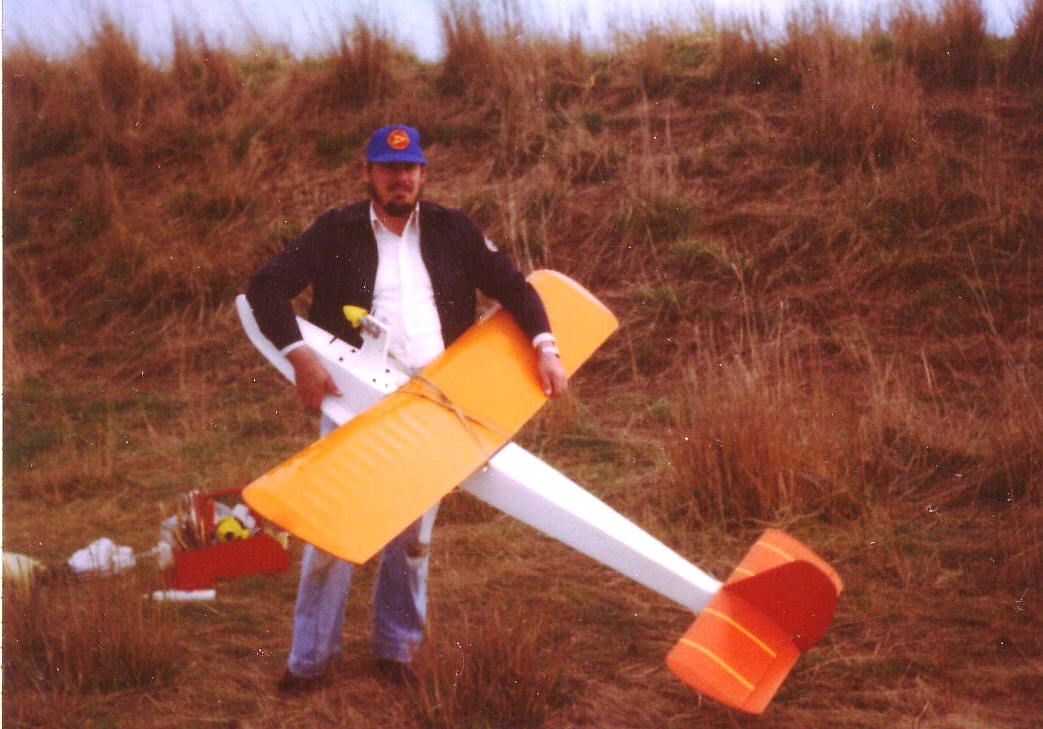
Here is an extract of the article from the club magazine at the time (written by Geoff Hays).
For sometime now Glenn and I have had an urge to fly from L’ton to Georgetown and back, nonstop.
To accomplish this we thought that an extra fuel tank on top of Glenn’s QB 40 Float Plane would give the desired result to pull this off. But alas when this was tested out it was found that the Plane would not turn with an extra litre of fuel sitting on top of its wing. So, it was necessary to find another model or build one.
As it happened Max Wiggins had a Viking Seaplane that he was not using at present and this was obtained and fitted out with a 2 litre fuel tank then tested for handling characteristics, Perfect!! It lifted off easily with its big load of fuel, with an all-up weight of 15lb. (a bit over the legal limit) The wingspan of 2 metres and a fuselage of 2.1 metres made the model very stable. All we now needed was a date and crew and most important a perfectly calm morning.
The date was set at Oct 8th the crew was to be Glenn-Pilot, myself boat driver, Max chief timekeeper and observer, with Wen Nermut being in charge of boat fuel tank change over and photographer,
The morning of Oct 3th Saturday dawned clear and calm and as arranged we all met at the Trevallyn Power Station Tail Race Ramp at 5.30am. Conditions were ideal but we were concerned about a bit of fog that was starting to appear. Having launched the boat and loaded all our gear and ourselves aboard we moved out to mid-stream and fuelled the plane up, started the motor tuned it up, stopped it, topped up the fuel tank then restarted the motor. The plane was lowered into the water, Glenn opened the throttle, and she was away the tine 6.01am Liftoff.
I opened up the boat throttle and the chase was on. It took a little while to establish a happy medium, between boat and plane, eventually a Speed of 35 MPH (56kph) with an 80% throttle opening on the boat to conserve fuel for the 52 mile journey gave the plane throttle opening of about 50%, this too would save fuel as we knew we would not have much up
our sleeves if we were to pull it off. Then horrors!!! As we neared Freshwater Point a big bank of very thick fog loomed dead ahead, a bit of quick decision taking took place and it was decided to land rather than take the risk of flying blind. Glenn brought the big Viking down to a perfect landing on the glass smooth water. The time 6.09. We waited and waited, until at 6.43 it had cleared enough to go again. This time we were to be ok, once airborne and the Speed was again established everything looked good, down past Windermere and Gravelly Beach, through Swan Bay on the way to Swan Point and Hillwood.
As the Batman Bridge came into view, we passed under the bridge at 7.10AM then had a pleasant run down through Whirlpool and Long Reach, past Bell Bay and Garden Island and into the bay at George Town. The time 7.28AM, we flew around over the edge of town then headed back for the return leg. On the way back we flew low alongside the big woodchip carrier TAIO PAPER which was berthed at Long Reach and took photos. The rest of the trip was uneventful back to Launceston, except Max was wishing he had not had that cuppa before he left, and of course the mention of it had us all feeling the sane way in the choppy water conditions.
When we were approaching our starting point it was decided that we would pull over to the side of the river and circle the plane around over our starting point and land behind us to take a photo of an accomplished flight then it happened ~ The plane peeled over on its back and fell out of the sky. Battery failure? Pilot error? No! A shoot down as it appeared later after testing all systems.
The plane crashed into long reeds and Teatree near the Sewerage treatment plant at Teatree Bend.
I pulled up alongside two of the big discharge pipes and the three crew clambered up on top of then them to go and retrieve the model. Wen and Glenn went first but Max got so covered in slimy mud that he had to come back into the boat. After about 20 minutes there was no sign of the two searchers, so Max decided he would have another go. So off he went gingerly walking on top of the big 6ft pipe across, and about 60 metres of most likely bottomless mud. Thank goodness no one fell in, after another 15 mins or so the intrepid three came out of the long undergrowth, after nearly getting lost and bogged up to the knees in mud, with a very sorry looking model. But it was worth it all we had achieved what we set out to do but for the fog delay which we don’t really count as a problem. Glenn and I would like to thank Max and Wen for their help in this venture they were a willing and helpful crew. By the way, there was approximately an egg cup full of fuel left in the planes tank!
Geoff Hays
Here is a scan of the newsletter that includes the story of the L’ton > George Town flight.
EvandaleRC1983Mick Green’s “Corby Starlet”
Mick knew I was finalising my latest HT and he sent me a message saying “Too late for Hangar Talk?. Needless to say I replied never too late. So here is an insight into Mick’s latest projects written by Mick.
My second Starlet, thanks to Kevin Hay. The first was a great flyer, lost when it had a battery failure. The crash was witnessed by Stephen Creese and kids ☹️. All my larger models have redundant rx batteries now. It is an ARF, long out of production and designed by a past national aerobatic champion, Chris White. Kevin bought it knowing how well it flew, and then had two choices. Either buy the motor from my wreck, or sell me the model. I ended up with the model. It is 38%. The original aircraft was designed by an Australian, John Corby, and it took second or third place in a competition in London.
- Kit: ARF, Sportsman Aviation Giant Scale
- Wingspan: 2180mm
- Engine: RCGF 40cc Twin
- Weight: 8.5kgs
One advantage of gas engines is that you can mount the tank on the CG so that there is no change as fuel is consumed. 3 batteries were originally mounted on the firewall, but subsequently I moved 2 rearward to achieve recommended CG.
In the pictures below, you will see Mick uses a CG balancing system by Xicoy. The “pucks” support the wheels and the small display shows the relevant information required to get the CG right, according to the kit manual. See more about how it is used in the video after the pictures.
Pictures (supplied by M.G. Click on images to enlarge)
If you want to see how one flies and sounds, check out the video below. PS: I am not sure throwing your cigarette butt on the ground is a wise move (0.49 on the video), and a bit of colourful language included!
From the World Wide Web
The flight from Launceston to George Town and return was a remarkable achievement, but did you know that in 2003, an RC model flew non-stop across the Atlantic from Canada to Ireland? Read the story below.
Record-Setting-Transatlantic-FlightIt took a while to find the time and the energy to put another HT together. I hope you found it interesting. Apologies again for the delay. Feel free to leave a comment below on what interests you or what doesn’t.
PS: The hackers don’t let up, at the time of writing, 1736 attempts to hack for today so far!

Don’t Forget – Put a Spark in your life and fly electric!
George

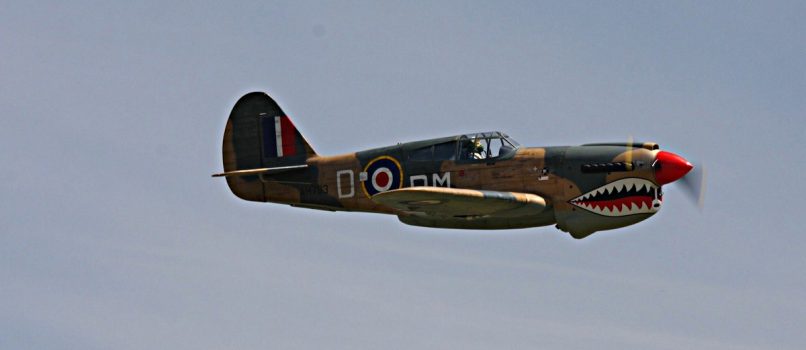
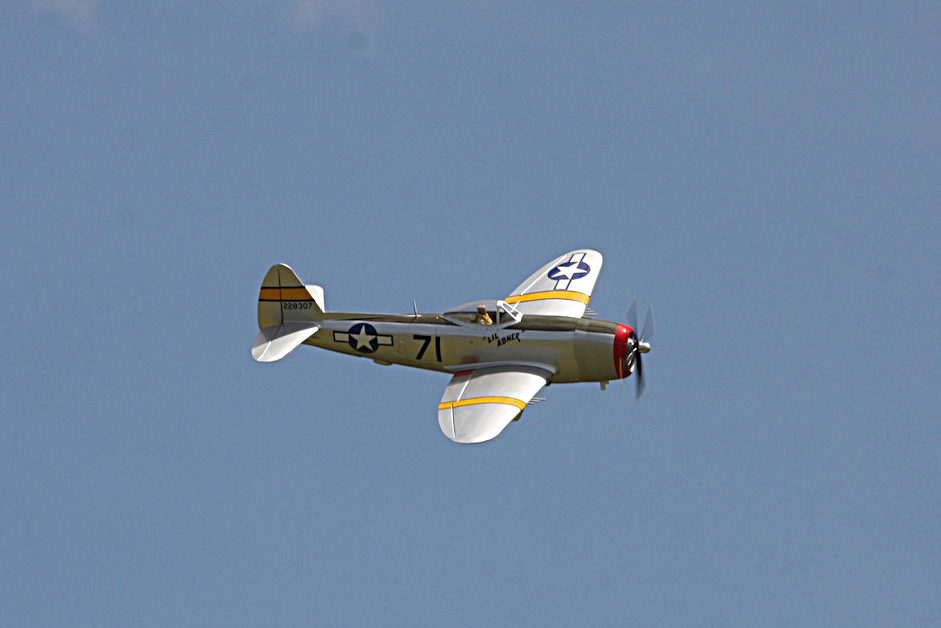
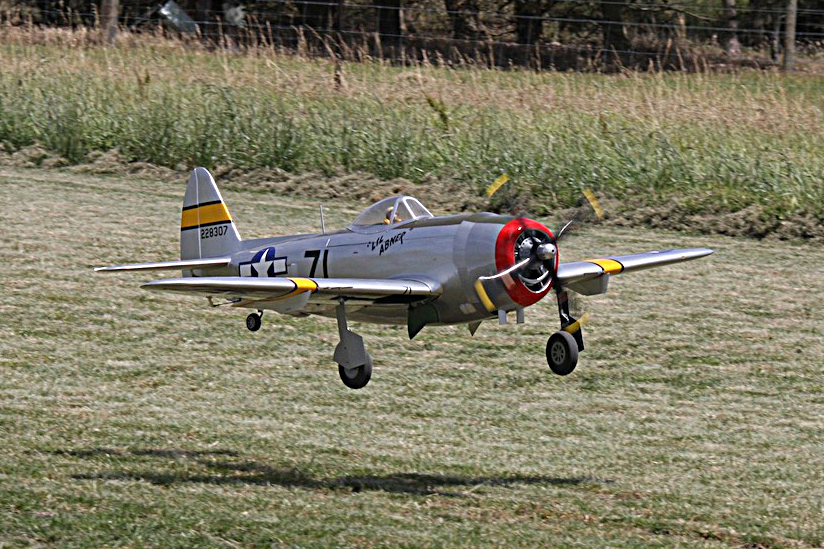
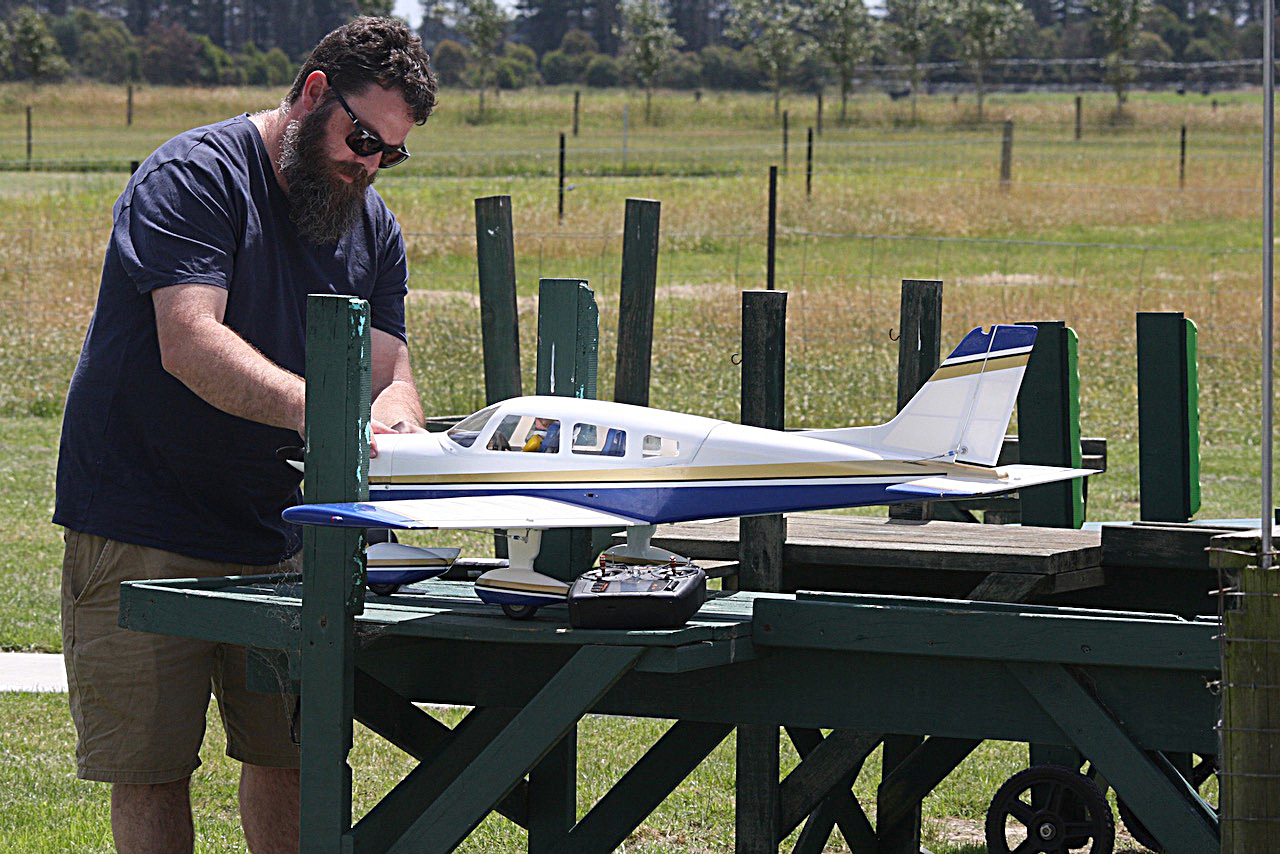
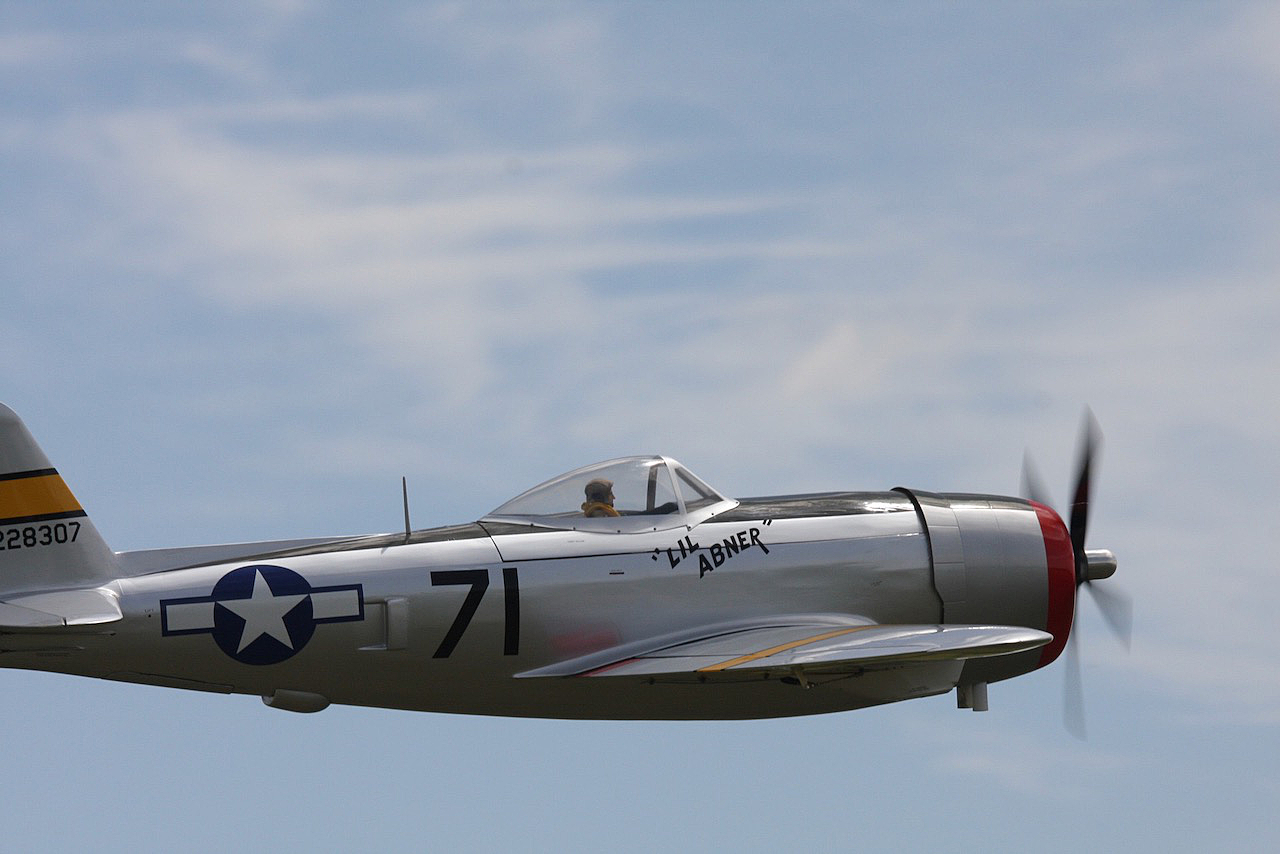
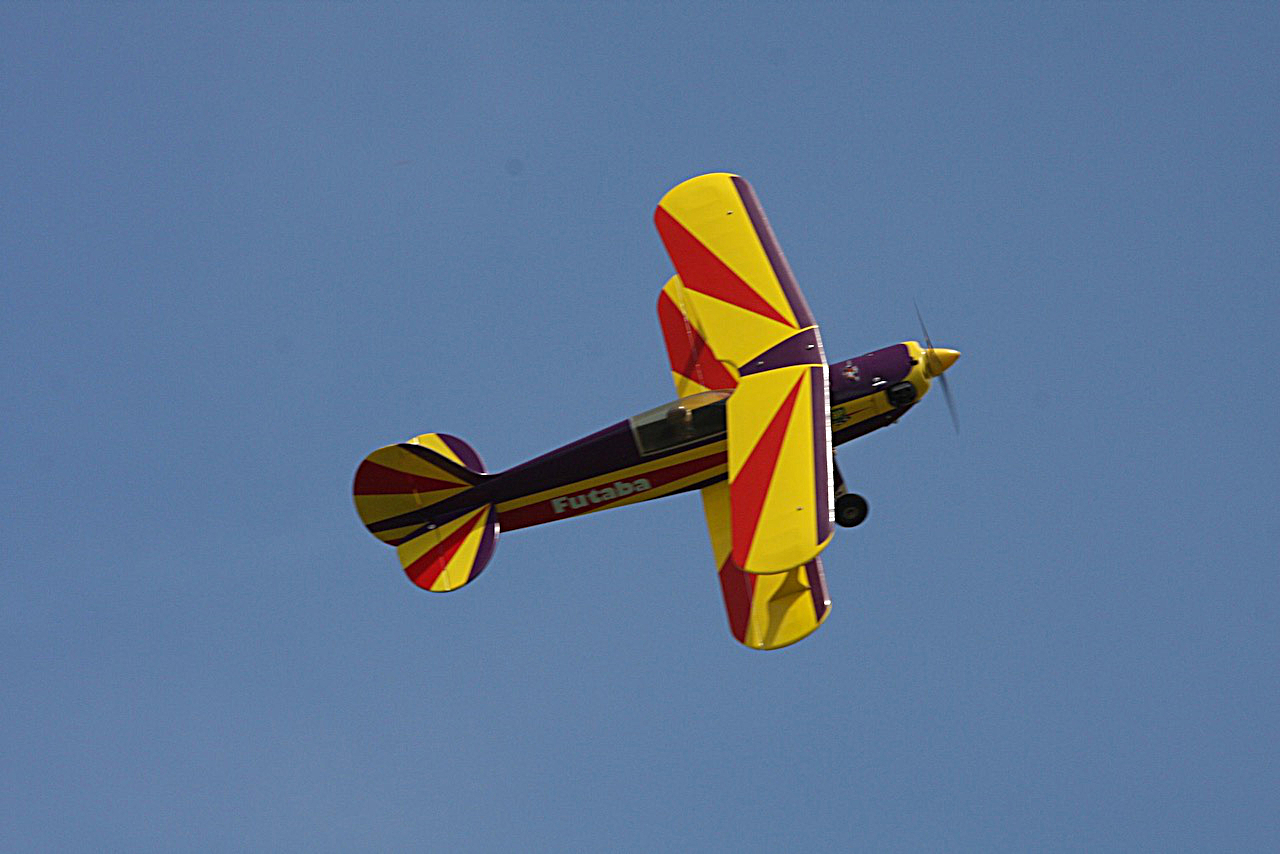
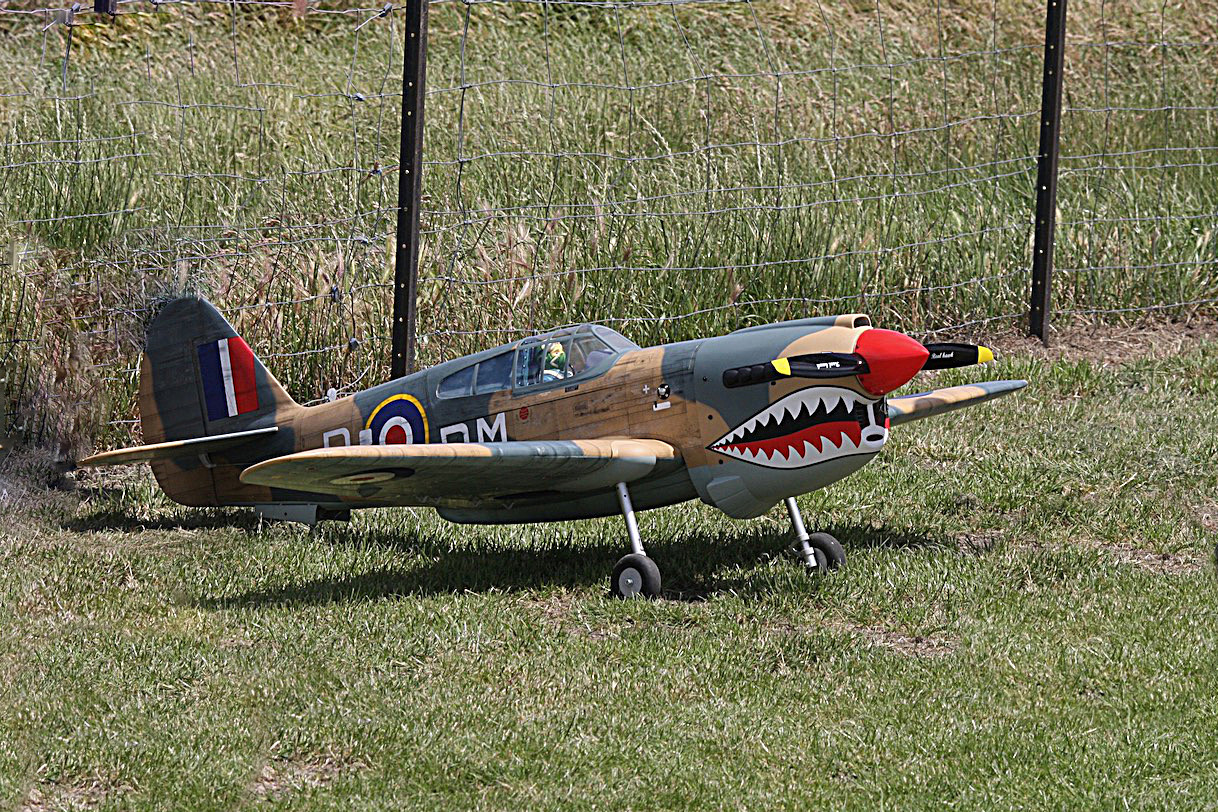
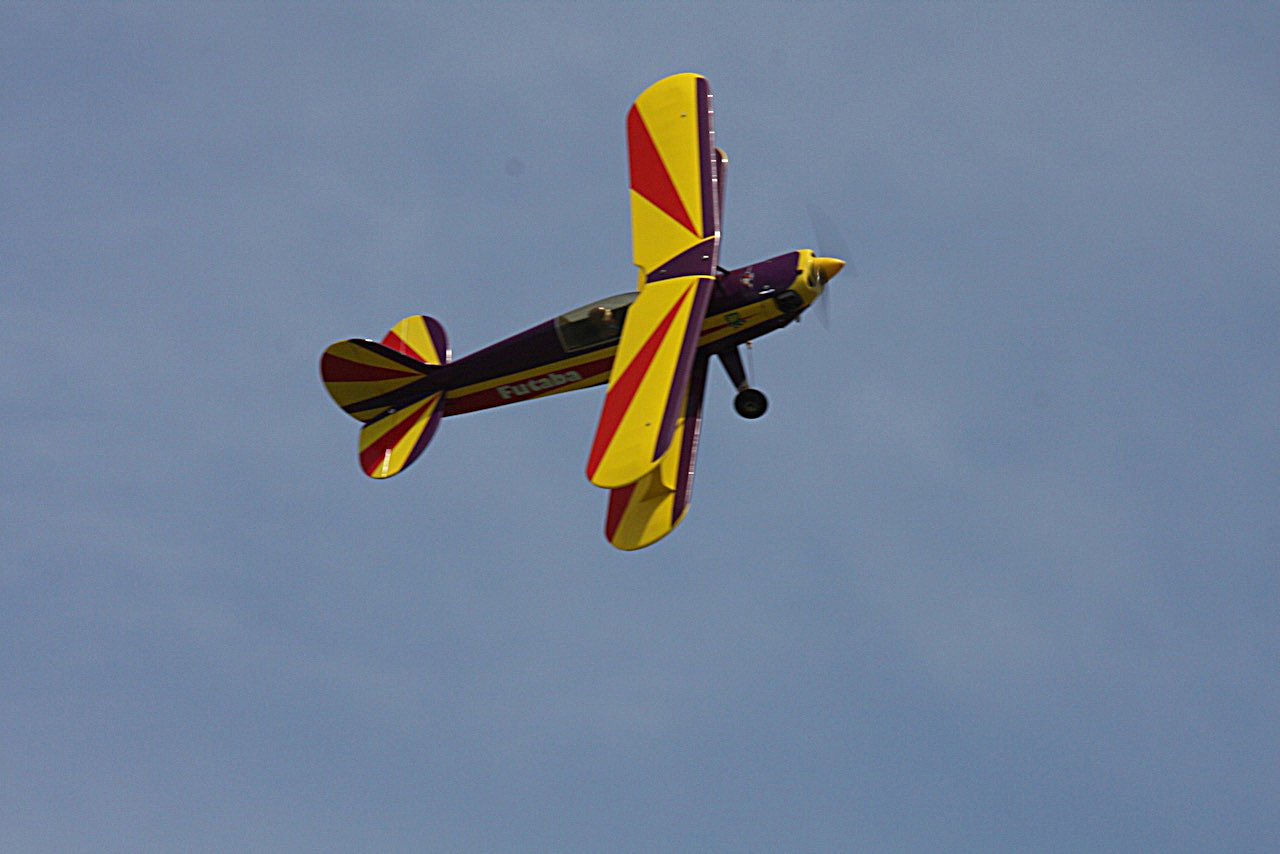
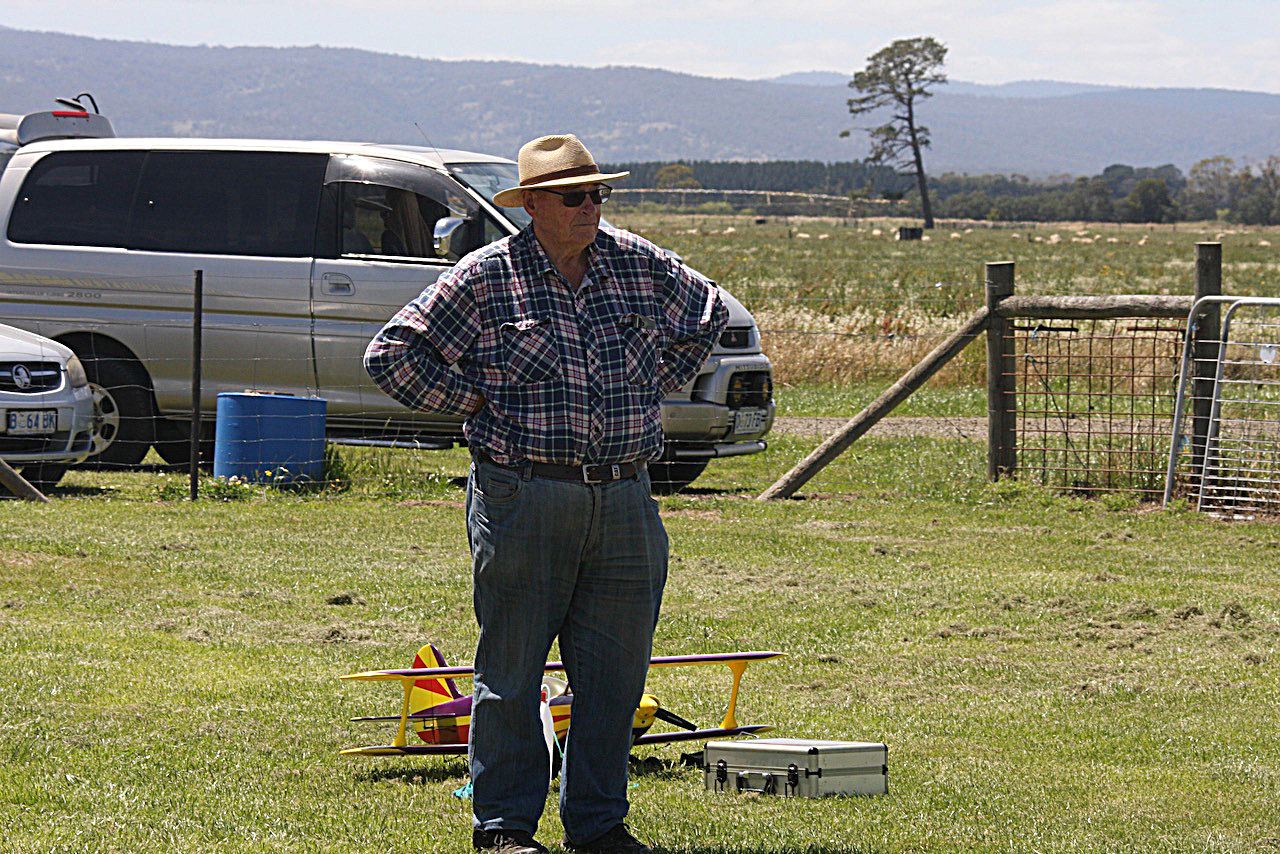
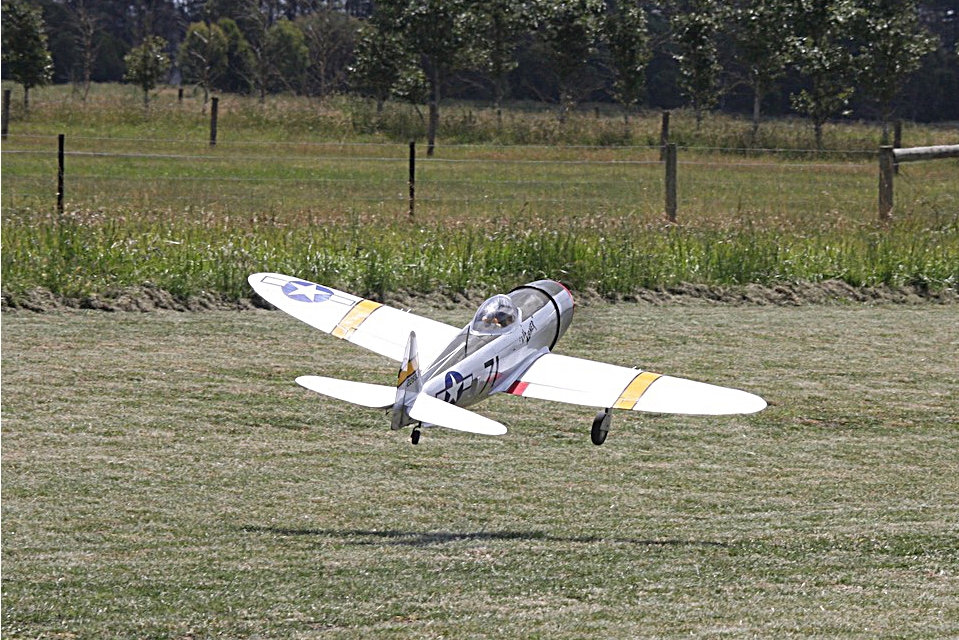
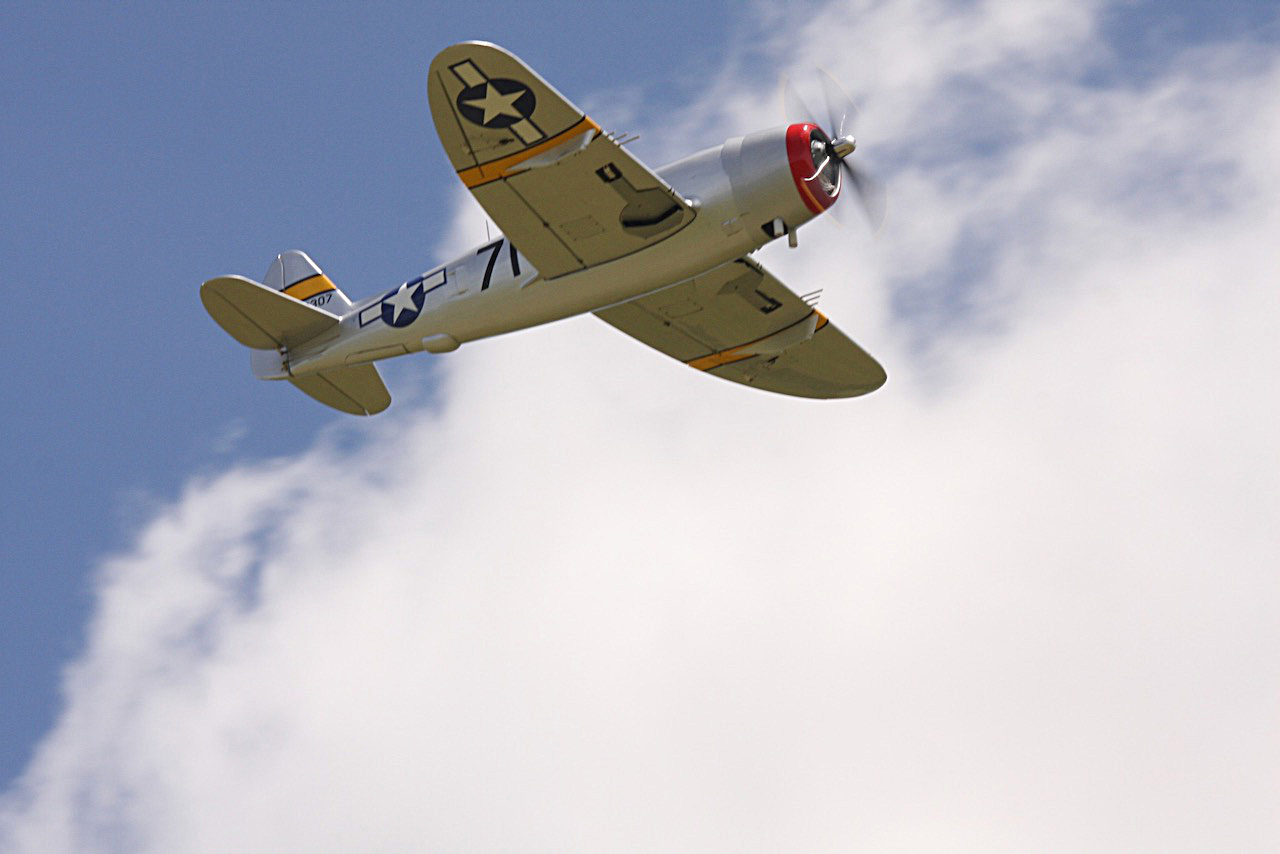
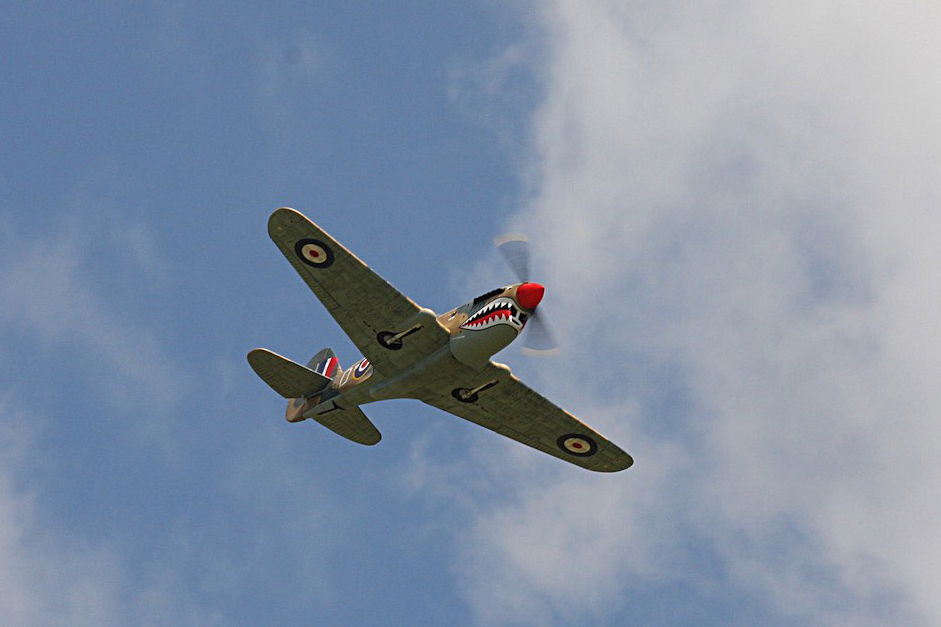
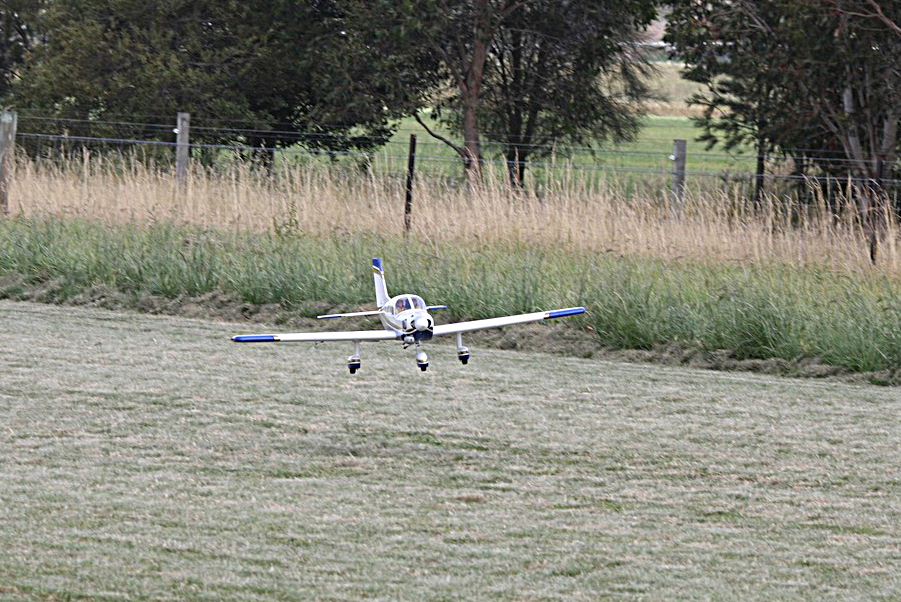
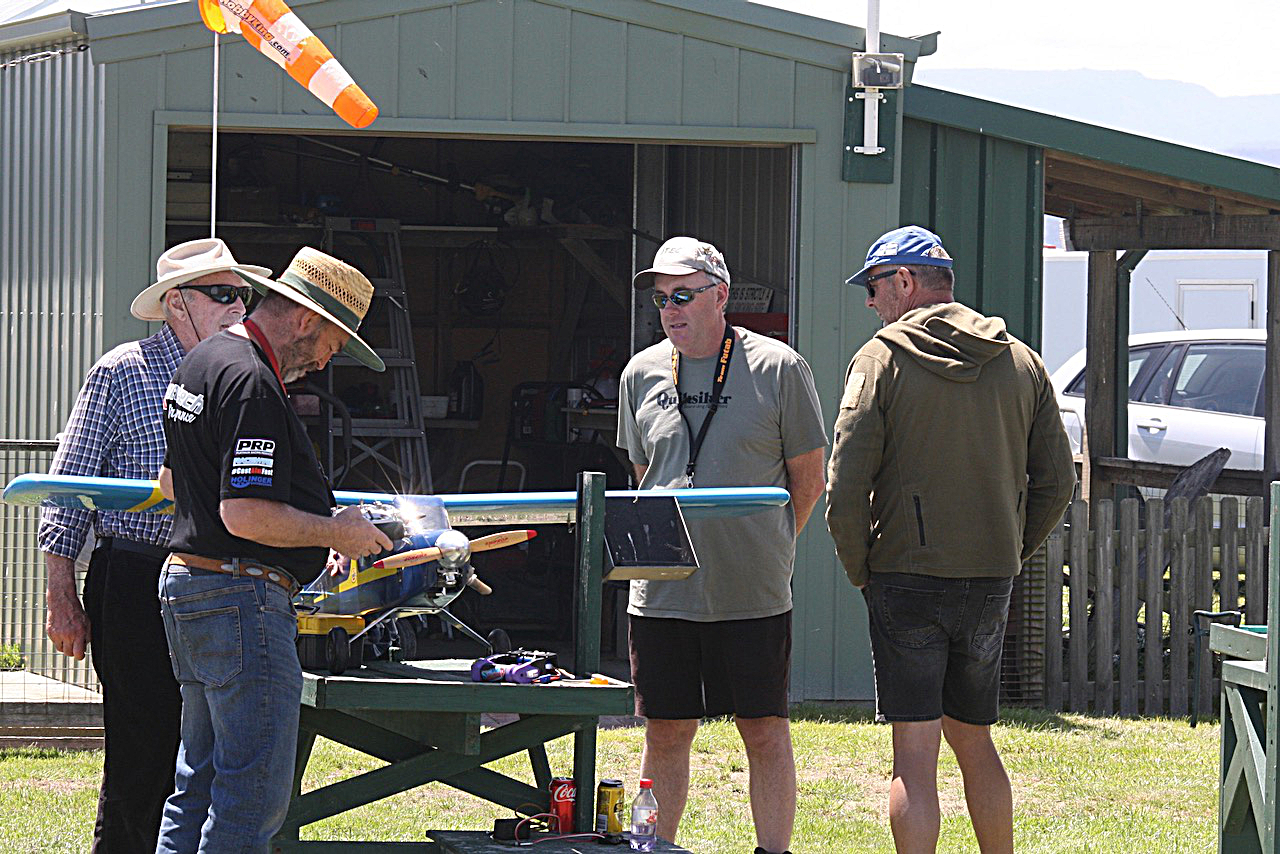
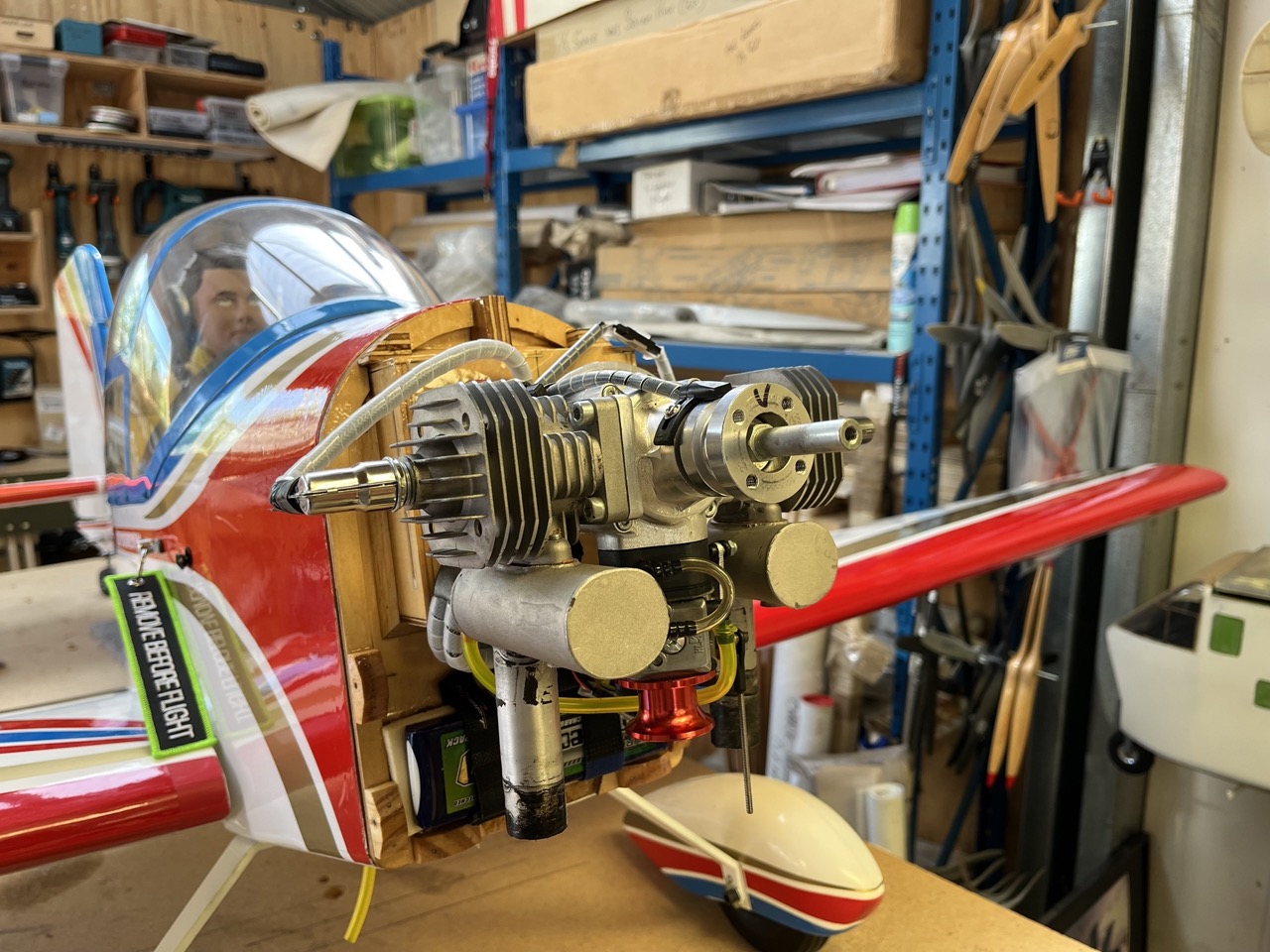
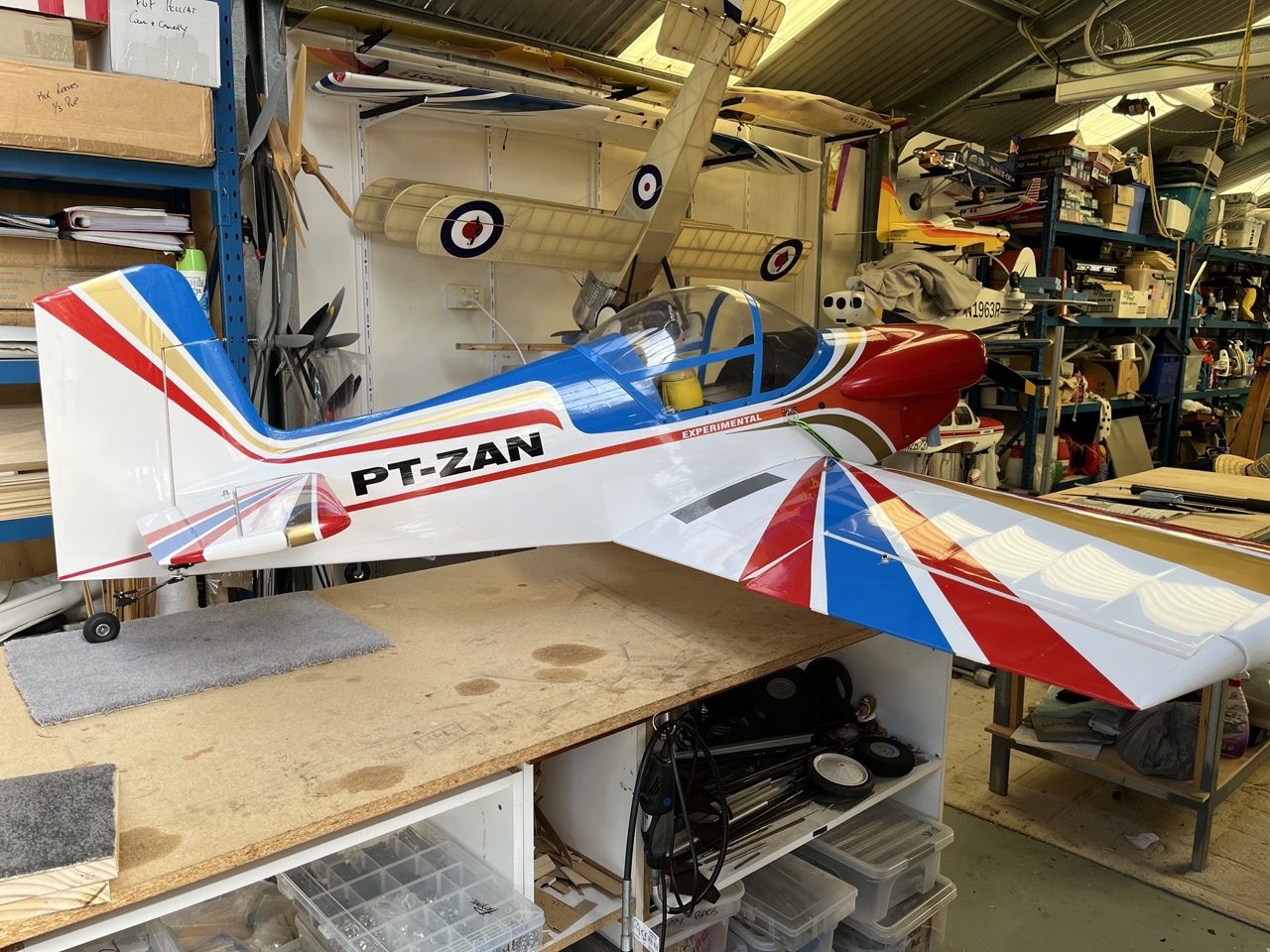
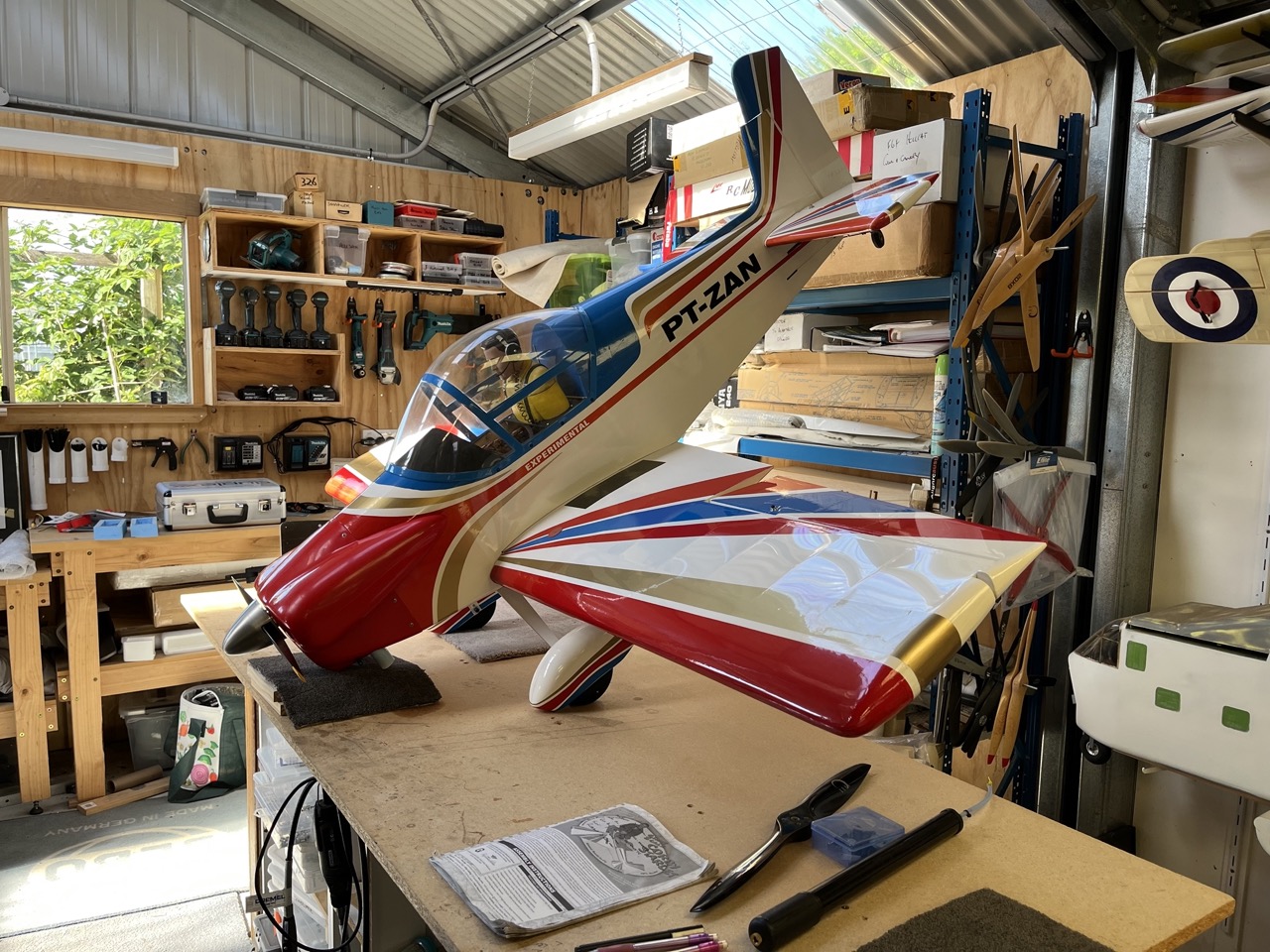
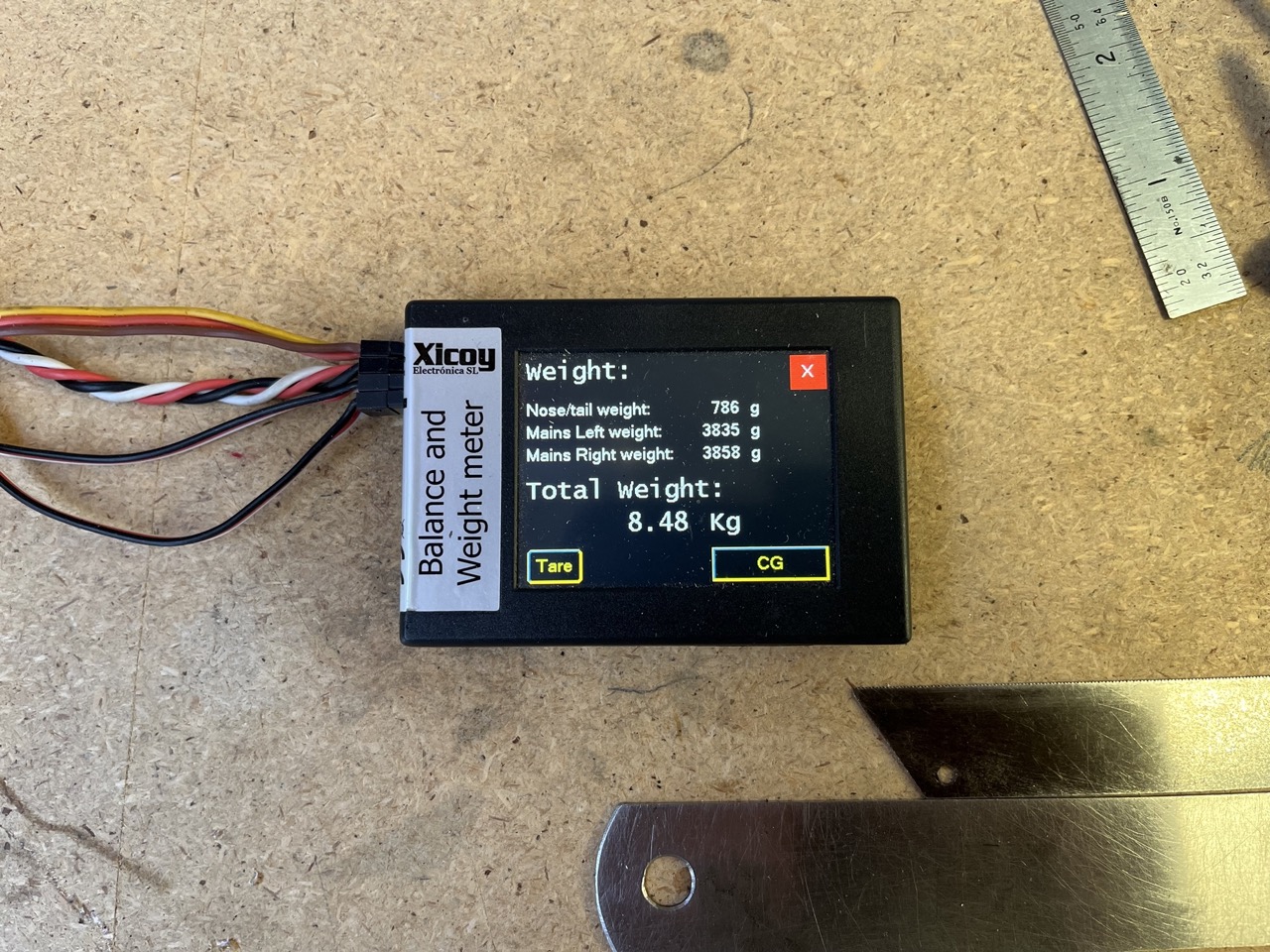
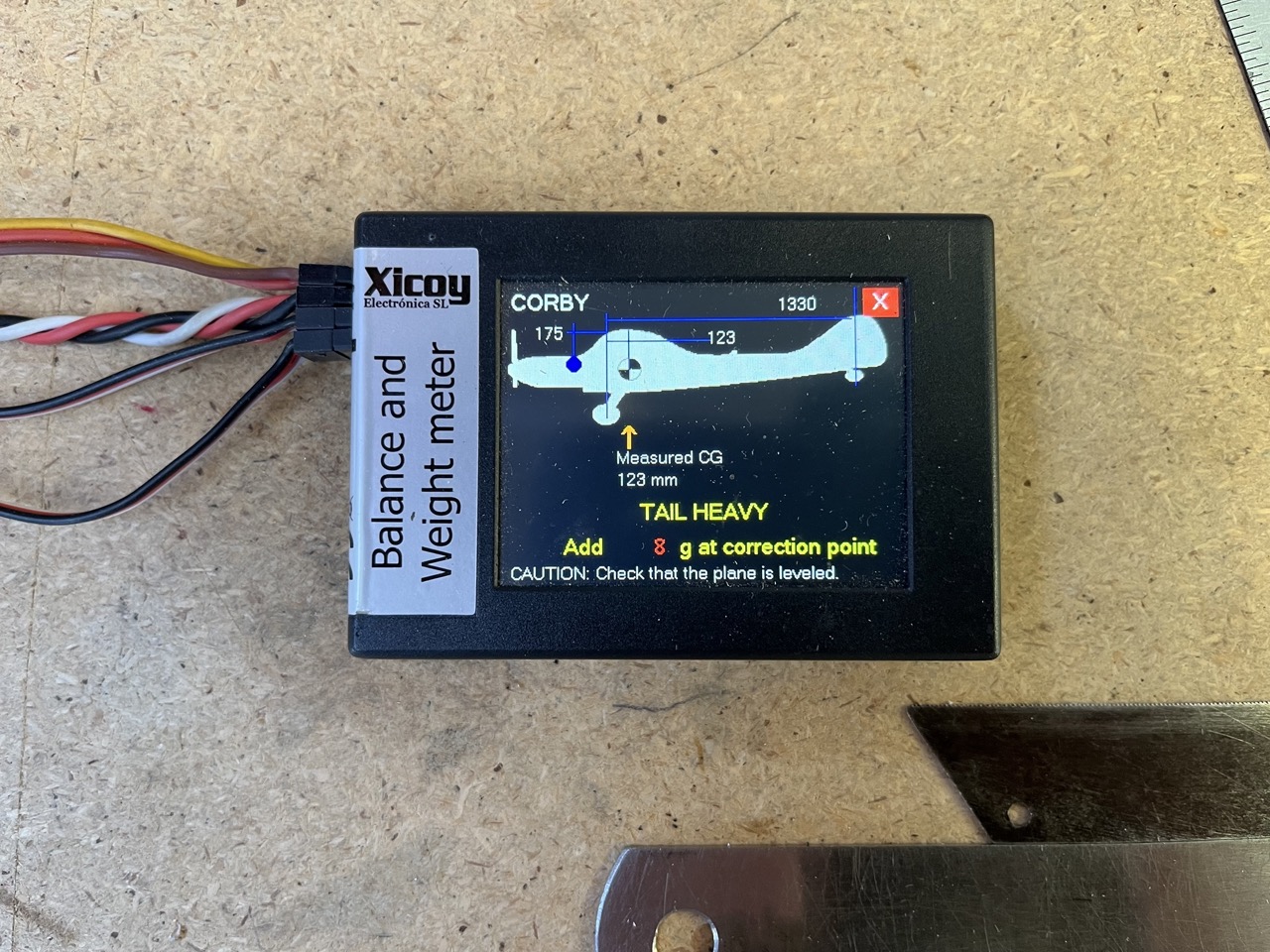
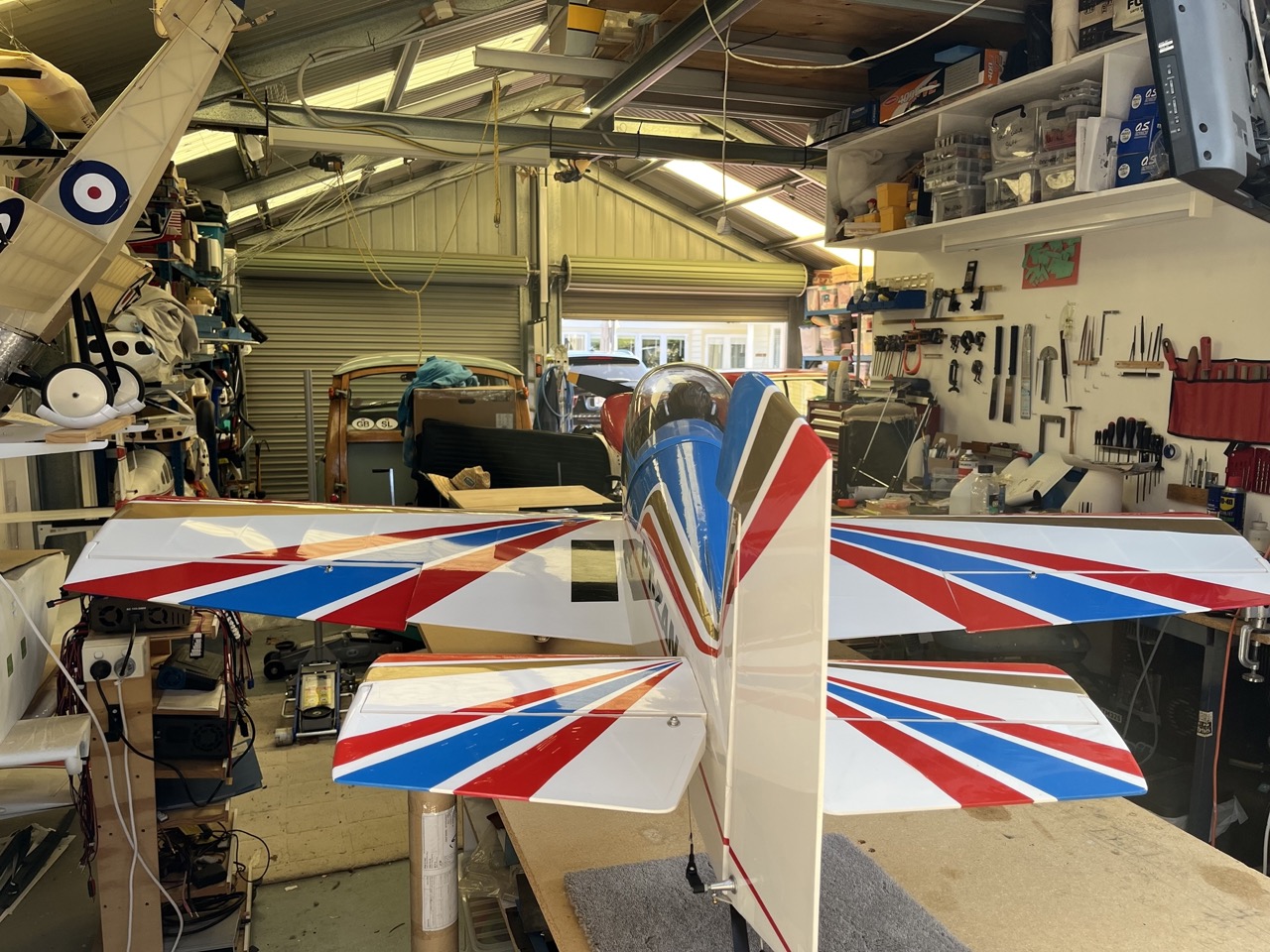
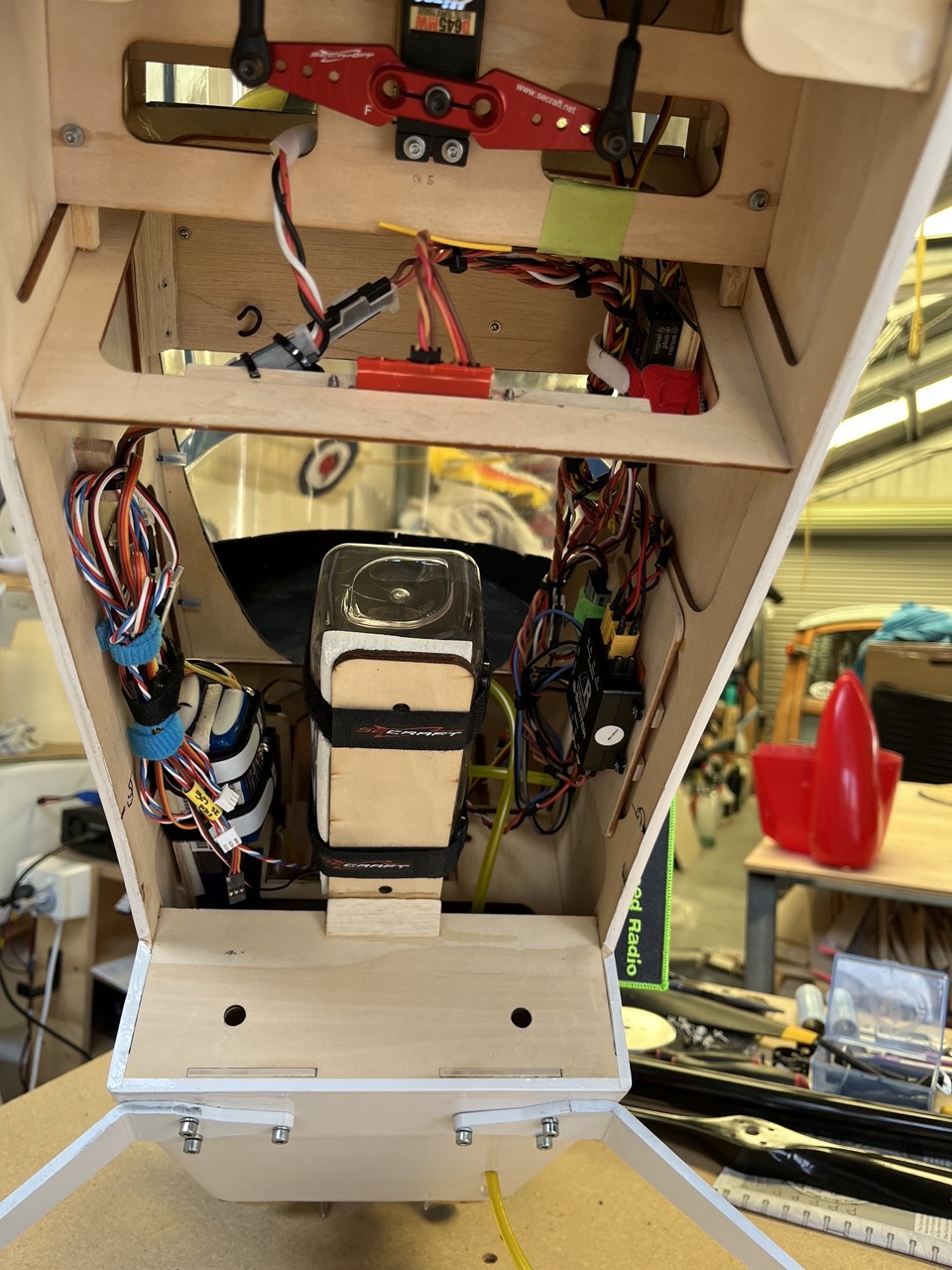
Leave a Reply
You must be logged in to post a comment.